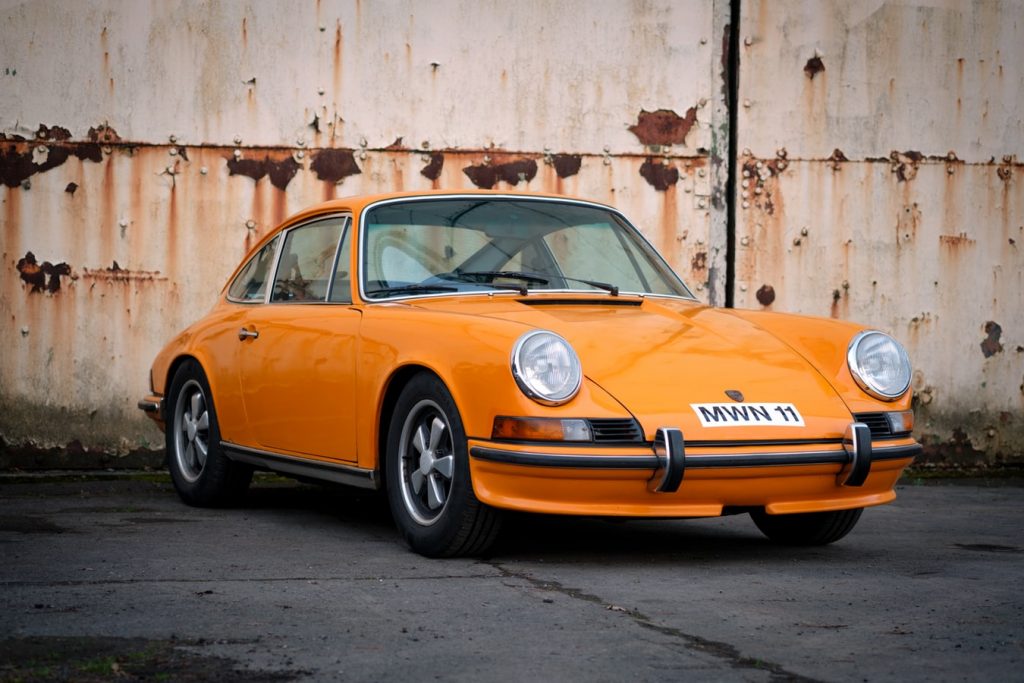Why the Pros Should ALWAYS Paint Your Car for You
Nothing can provide a better car face lift than a new paint job. A job done right gives your car that dazzling new car look that can bring back memories of the day you drove it off the lot the first time.
Some people who are relatively familiar with other kinds of painting jobs mistakenly presume that painting a car is not that much different. That is a simplistic and naive notion.
Painting a car is a very different kind of paint job. It is a tedious, multi-step process that cannot be adjusted or tampered with. Each step of the job has to be near perfect if you are to get the paint job that turns heads when you drive by.
Initial Preparation Steps
Ask any experienced paint and body professional. The most important part of any quality paint job is the detailed preparation. This attention to precise detail must be adhered to at every step.
The first step most painters do is remove the wheel covers. Next, you need to wash the car thoroughly. This is far more thorough than the drive-through car wash most people think of when they wash their cars.
You must take special care to not miss any spots at all. It should be rinsed thoroughly. It is best to divide the car into basically six parts: the roof, hood, rear deck and the four quarters of the car. Wash and rinse each section as you go.
Removing Trim and Badges
The exterior trim and all badges must be removed. If your car has a lot of exterior trim, this can be a tedious job. Use a wet towel to remove any hidden dirt.
Over time residual dirt that general washing did not get settles down around the trim and badges. This settled dirt creates dirt stained lines in the shape of the badges and trim. These must be removed.
Use a toothbrush and a damp, soft towel to remove these stains. (Sanding the exterior can be taken care of on this step.) Allow the car to thoroughly dry before continuing.
Body Panel Preparation
Now the really hard work begins. Examine the body, especially around the front and rear windshields and the lower body panels below the trim ledge for, you guessed it, RUST. Rust is the number one destroyer of metal, and not removing it can seriously compromise your paint job.
If you are going to leave the rust, just leave the current paint on the car, there really is not much need to bother painting it. The rust will continue to destroy the metal.
It must be removed with heavy sanding, grinding and even removal and replacement of sections where rust has eaten excessively into the panel.
Creating a Perfectly Flawless Surface
When all rust has been removed, you next must take the exterior finish down to the bare metal. Doing so will give you the chance to find all those ever so slight dents that must be removed.
Failure to work until you get a perfectly smooth, flawless finish makes the finished job look shoddy. It really is a waste of time if you plan to paint over the untouched dents.
Selecting Primer, Paint and Clear Coat
One of the most important steps of the actual painting process after all the preparation is the choice of primer and blocker. This is what gives the paint job its bonding surface, color depth and longevity.
Use computerized color charts and codes to match the original color if you want to keep the original color. Even if you want to change color, these charts and codes are indispensable.
The final steps of spraying on the paint, sanding the new paint, applying the finish coat and clear coat are the final steps.
Conclusion
So, do you think painting your own car is for you, or do you think perhaps a paint and body shop is your best alternative? Odds are a good majority of us will, and definitely should, let the professionals do all this detail intensive work.


















